Early lychee harvest draws tourists to Tan Yen hills
BAC GIANG – As summer arrives, the early lychee orchards in Tan Yen district, Bac Giang province turn bright red, signaling harvest season and attracting a growing number of tourists eager for hands-on agricultural experiences. By combining farming and tourism, local authorities are unlocking “dual benefits” from the region’s famed lychee crops.
This season, Tan Yen district is cultivating 1,250 hectares of early-ripening lychee, with an estimated output of 15,000 tonnes—an increase of 500 tonnes from last year. Among these, 900 hectares are grown under VietGAP standards, with 150 hectares meeting export criteria for high-demand markets like Japan, the EU and the United States.
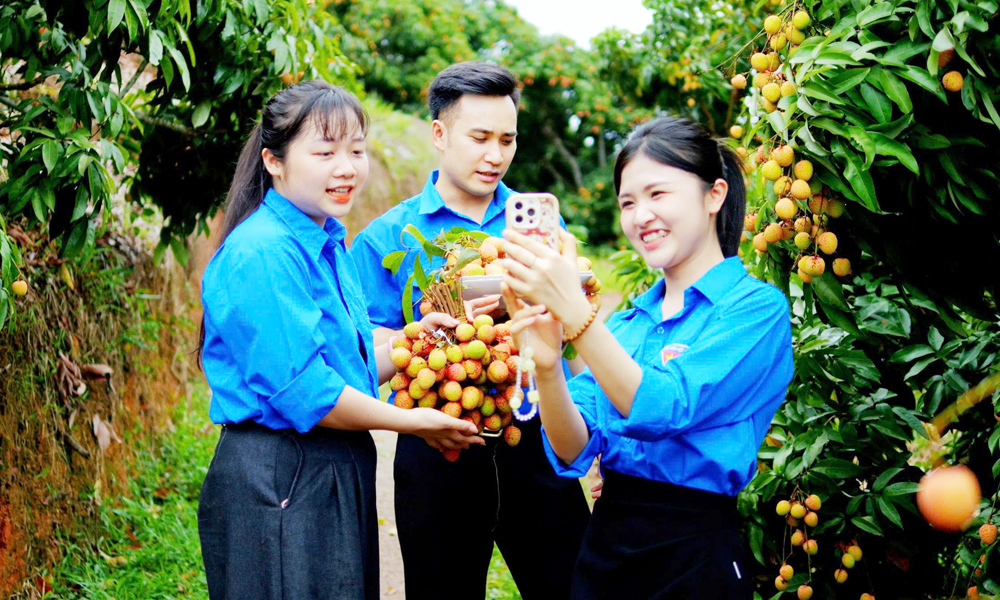 |
|
Tan Yen youth apply digital technology to promote early-ripening lychee. |
The lychees, prized for their sweet flavor, small seeds, thin skin and thick flesh, are now seen not only in major domestic supermarkets but also on shelves around the world.
In recent years, the district has shifted its focus from simply boosting production to integrating tourism into trade promotion. This model enhances the value of agricultural products, increases farmer incomes and promotes the region's image.
Tan Yen is now in peak harvest season. For many, this is the “golden time” not just for farmers but also for tourism. Thousands of visitors are arriving to explore the red-tinged orchards, pick lychees themselves and enjoy the fruit straight from the tree.
In key communes such as Phuc Hoa, Hop Duc, Tan Trung, Lien Son, and Cao Thuong town, many households are opening their orchards to guests.
Ngo Van Cuong, a lychee grower in Quat Du 2 village, Phuc Hoa commune, cultivates over 1.5 hectares of lychee under GlobalGAP standards. His farm has exported to markets like the US and Japan for years.
“To export lychees to the US, we must strictly follow procedures from cultivation to harvest and post-harvest handling,” he said.
“Thanks to this, prices are stable, sometimes double those in the domestic market. Recently, we’ve had more tour groups. I set up seating and shaded areas around the orchard for visitors to rest. Many bought lychees on-site and even reached out for long-term purchasing. They take photos and post them on social media. I’m happy to see our lychees getting this kind of exposure,” Cuong shared.
Tran Duc Hanh, another farmer in Thai Hoa village, said his orchard has welcomed hundreds of visitors from Hanoi, Bac Ninh, Hai Duong, and Thai Nguyen during peak weekends.
“Hosting visitors doesn’t interfere with harvesting; in fact, it brings many benefits like extra income and encourages us to maintain high-quality fruit and safe practices,” he said. “Each guest is a channel for promoting our lychees, so I always remind my family to be welcoming and help create a positive image for Phuc Hoa’s early lychees.”
This year, he installed a rail cart system worth tens of millions of VND to transport fruit and serve tourists.
Such grassroots efforts have helped shape a closed-loop tourism model. The local government encourages households with attractive orchards and convenient access to invest in support services, including rest areas, OCOP (One Commune One Product) stalls, refreshment kiosks and costume rentals for photo sessions.
Le Xuan Bach, a photographer from Hanoi, shared: “I’ve visited many places, but Tan Yen’s lychee orchards during harvest are particularly impressive—beautiful landscapes, hospitable locals and fresh air. We immersed ourselves in nature and tasted freshly picked lychees. I’m planning to bring tour groups here and capture more of this season.”
This integration of production, trade, and tourism is gradually changing how farmers think about their work, encouraging them to improve quality, build sustainable branding for early lychees, and boost competitiveness at home and abroad.
The stories behind each orchard and the community’s warm hospitality have made Tan Yen a rising destination on the agricultural tourism map. Over the past two years, the district has welcomed nearly 10,000 visitors during lychee season, with tourism revenues reaching around 3 billion VND (131,609 USD).
To further attract tourists, the district has partnered with travel agencies to develop seasonal lychee tours that combine orchard visits, fruit picking, tasting local specialties, and exploring historical-cultural sites like Danh Temple (associated with Danh mountain ginseng), traditional folk songs in Lien Chung, Ha communal house in Tan Trung, and Phuc Son Pagoda in Cao Xa.
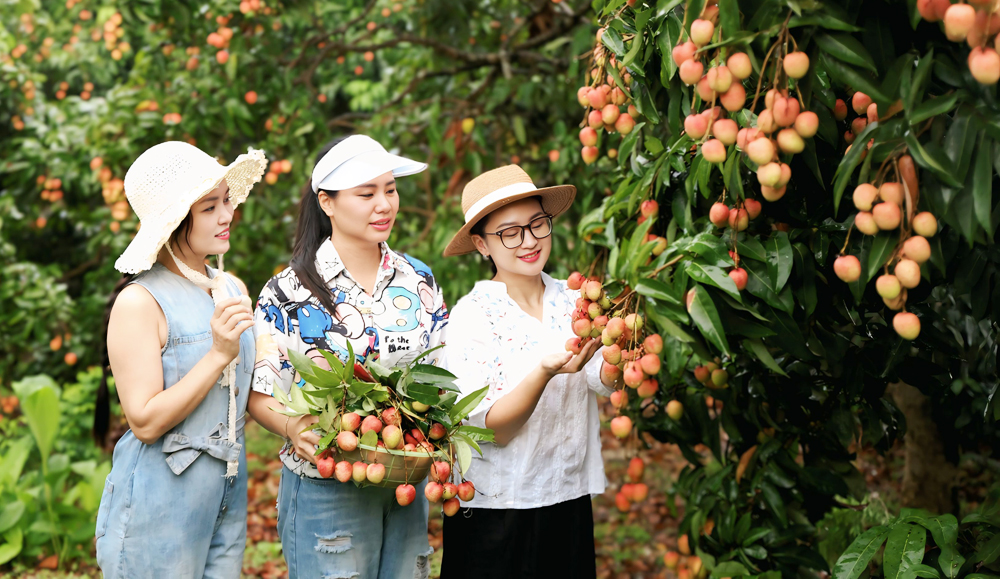 |
|
Tourists visit early lychee orchards in Tan Yen district. |
Community tourism efforts also include training residents, building photo-check-in points and improving local hospitality services.
The Tan Yen Youth Union has also played an active role in spreading the lychee story by leveraging digital platforms. Local youths are promoting the fruit on social media platforms such as TikTok, Facebook, and YouTube, while linking up with e-commerce sites like Postmart, Shopee and Voso.
Activities include livestream selling, professional packaging, and delivery guidance. The Women’s Union has formed groups for lychee production and sales, actively introducing the product at trade promotion events, guiding guests through orchard experiences, and connecting farmers with modern sales channels.
Ngo Quoc Hung, Chairman of the Tan Yen district People’s Committee, said, “In the coming period, the district will continue promoting and developing tourism based on the potential of fruit-growing areas and local cultural and historical relics. We aim to link lychee consumption with other signature products, design new tourism products and routes, and build a digital map of experiential orchards integrated with spiritual and cultural tours. We will also work closely with media outlets to expand the district’s profile both domestically and internationally.”
 Bắc Ninh
Bắc Ninh
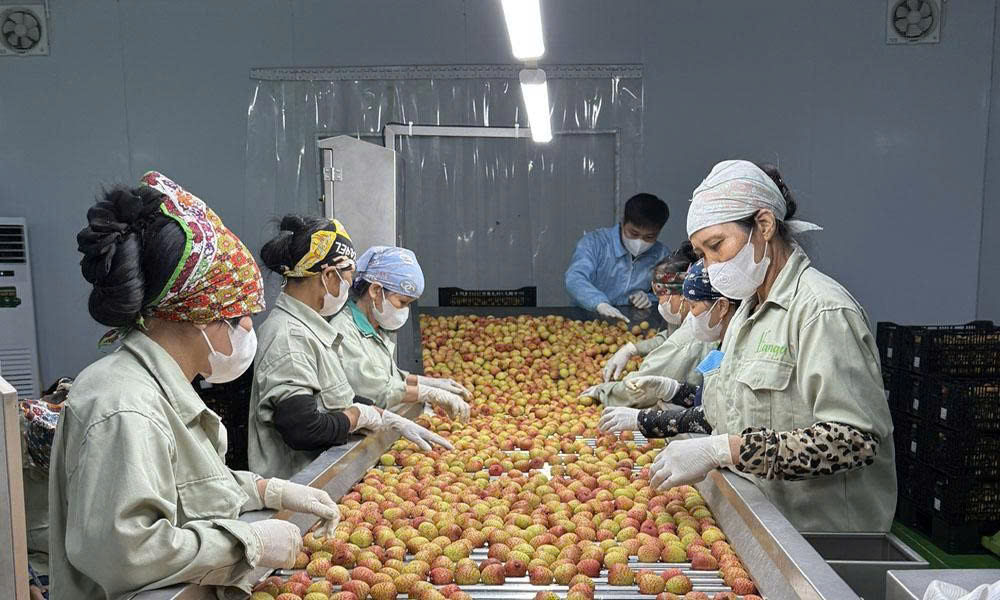
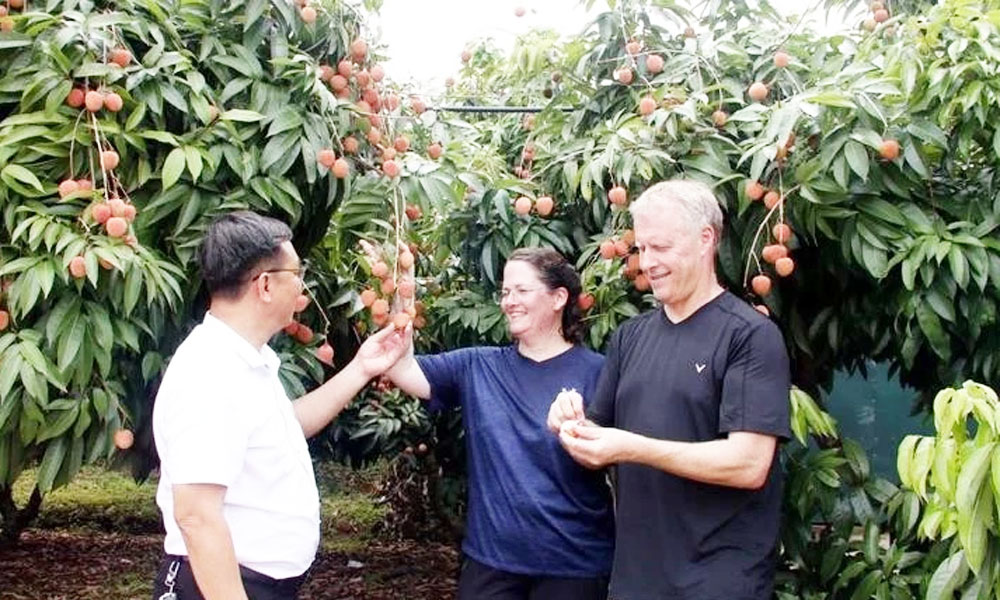
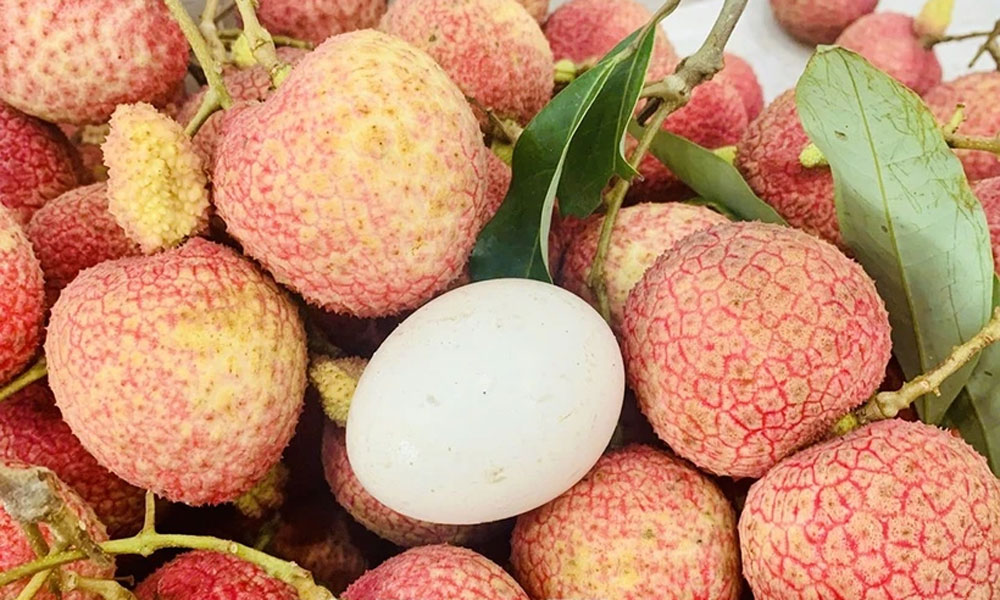

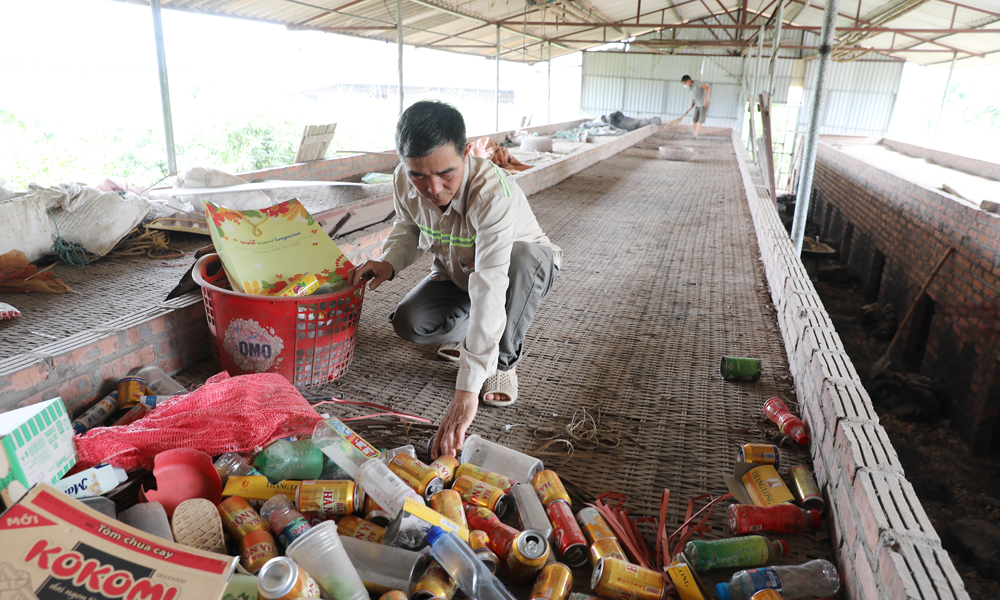
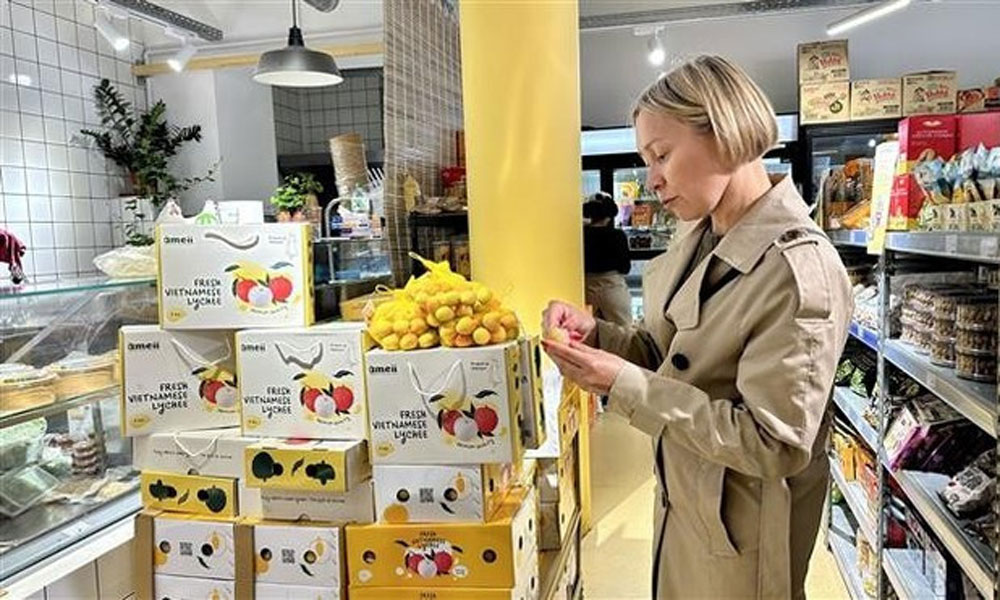





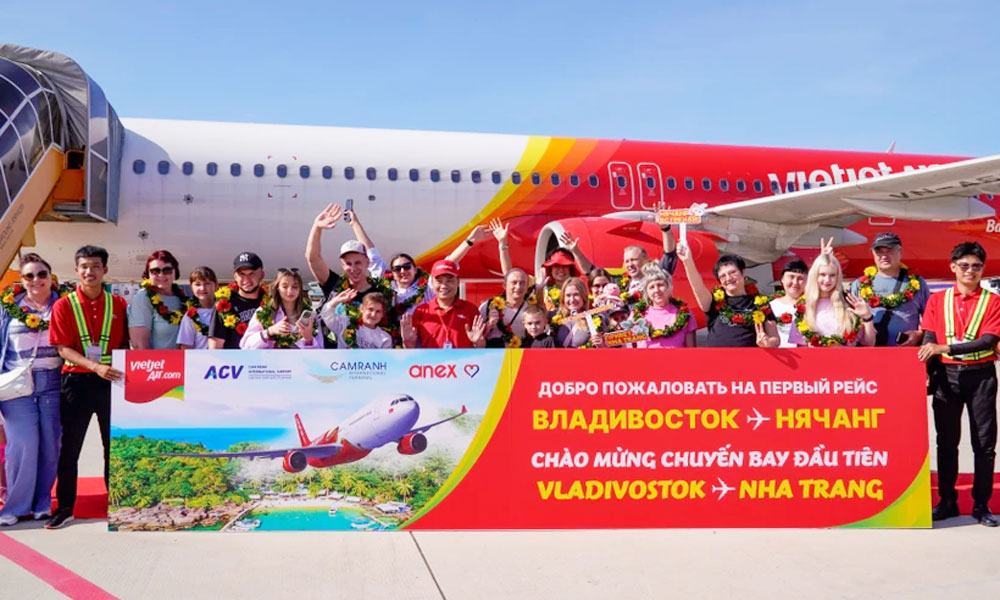
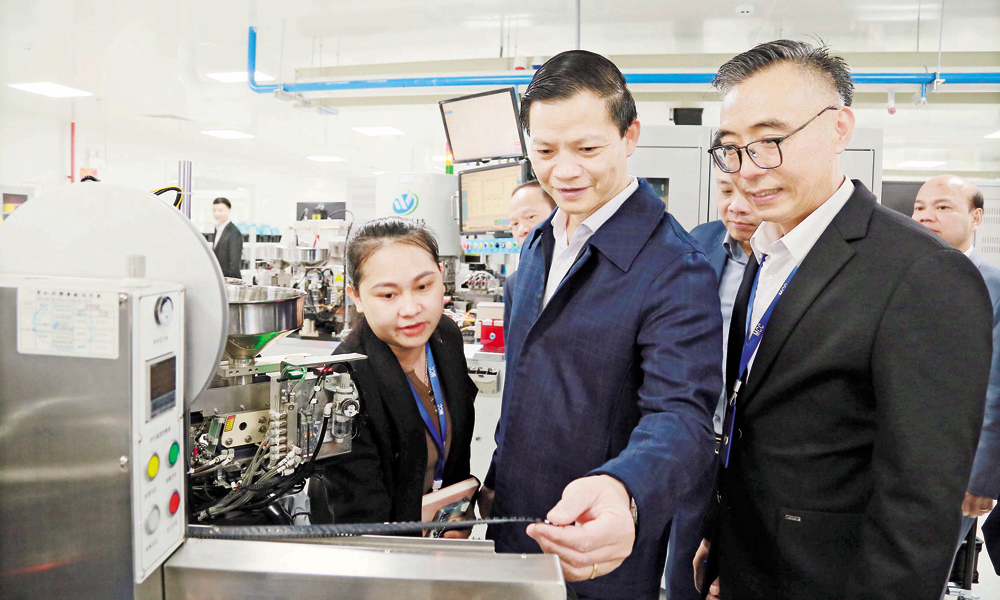

Reader's comments (0)